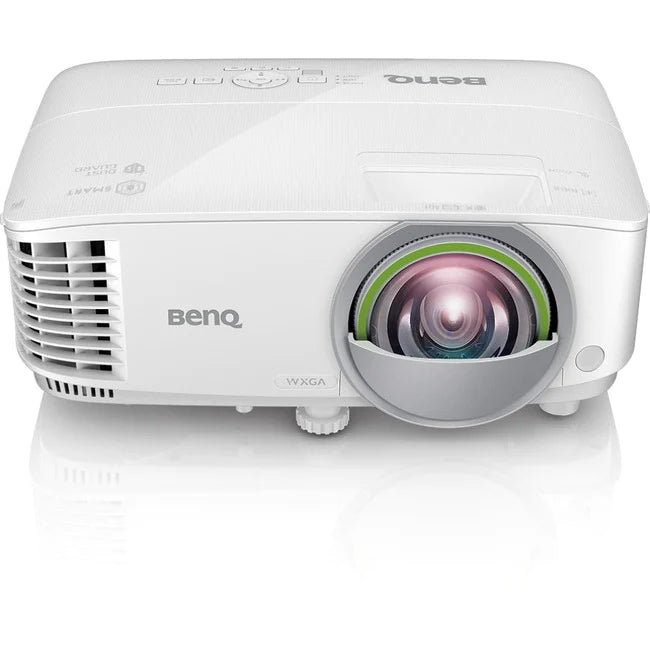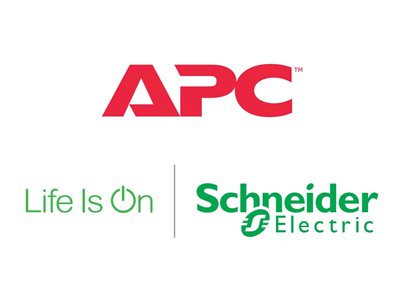Data Projectors
If you’re looking for a data projector, this guide will be something to look through. While we won’t be listing off specific models like some reviews, this is just a simple buyer’s guide. You will learn about the common features of data projectors along with the considerations you’ll want to mull over.
You’ll want to make sure that the data projector you buy matches your needs and preferences. It’s going to come down to the quality and performance it will provide you. Lastly, make sure it fits within your budget so you can spend an amount that’s affordable.
Let’s begin with the list of common features right now.
Common features of data projectors
Brightness
One of the key features to look at is the brightness. Before choosing one for it’s brightness, it’s important to know the size of the room. If it’s a small to medium sized room, you can make it doable with 2000 lumens.
However, if you are doing presentations in a much larger room, 3000 lumens will be a good option. You may also be doing presentations in different venues. So it could make sense that you can buy one for smaller rooms and the other for larger ones (assuming you have the money).
Resolution
The resolution of a data projector refers to the number of pixels that make up the image. A higher resolution means that the image will be clearer and more detailed. Most data projectors have a resolution of at least 1080p (1920 x 1080 pixels), which is sufficient for most applications. If you need to display fine details or want to use the projector for professional presentations, consider a projector with a higher resolution such as 4K (3840 x 2160 pixels).
Connectivity
Most data projectors have a variety of connectivity options such as HDMI, USB, and VGA ports. Consider the devices you will be connecting to the projector and make sure the projector has the necessary ports. Some projectors also have built-in Wi-Fi or Bluetooth capabilities, which can be useful for wirelessly connecting to devices.
Portability
If you plan on using the projector in multiple locations or will be transporting it frequently, consider a portable projector. These projectors are smaller and lighter than traditional data projectors, making them easier to carry. Keep in mind that portable projectors may have lower brightness and resolution than larger models.
What to consider when purchasing data projectors?
Now that you are aware of the common features for data projectors, let’s take a look now at the following considerations that you’ll want to mull over. Here’s what you’ll want to ask yourself before making a final purchasing decision:
Is it compatible with my devices?
Data projectors will need to work together with computers or other streaming devices. For this reason, you’ll want to find one that will be compatible. This can be based on specific operating systems and connectivity options.
You can be able to connect two compatible devices together with the help of either Wi-Fi or Bluetooth connection. These will be much easier to work with. Otherwise, you may use a wired connection that can require a USB, VGA or HDMI cable.
What room will my presentations be in?
It’s always a good idea to consider the room size for presentations. If you hold normal presentations, you’ll want to choose a projector that will make it easier for you. If you’re in a small or medium sized room, make sure that you find a projector that is bright enough.
As mentioned, 2000 lumens will be enough. 3000 lumens in a small room can be overkill. Use your better judgment regarding the room size and how bright the data projector needs to be.
Do I want it to be portable?
In today’s day in age, we want things to be easier. We want to bring our own projector rather than borrow someone else’s. The place you may be presenting at won’t have their own projectors at all.
So it might be easier for you to find a portable one. That is if you are inclined to do so. If you plan on holding your presentations in only one place, there’s no need for portability.
What screen size is best suited for me?
The screen size will be something worth considering. One thing to keep in mind is that it goes hand in hand with brightness. Meaning the brighter the light, the more it will cover the screen.
If you are planning on using a projector that works for smaller screens, go with something dimmer in terms of lighting. As a rule of thumb: the brighter, the larger. With that said, it’s also a good idea to pay attention to some of these features like screen size and brightness.
The more prominent or better quality, the more expensive. To that end, let’s talk about the budget end of things.
Can I afford it?
It’s always a good idea to consider your options that fit in your price range. Remember, there are features that will need to address the critical needs first over all else. You don’t want to go for the cheapest option because you’ll miss out on a lot.
It’s always a good idea to consider what your needs are and find the projector that will work to your advantage the instant you turn it on. It can be the brightness or the screen size you need. From there, you can find the best option based on your specific price range.
Final Thoughts
Data projectors can be useful for the office or at home. That’s why you can find one that will fit your needs using a guide like this. Make sure that you figure out which features are important.
You also want to find out what benefits you desire from those features. Best of all, it’s important to find it at a price that you can afford (rather than be pressured to find the cheapest option). We hope that you found this guide to be quite helpful in your search for a data projector.







